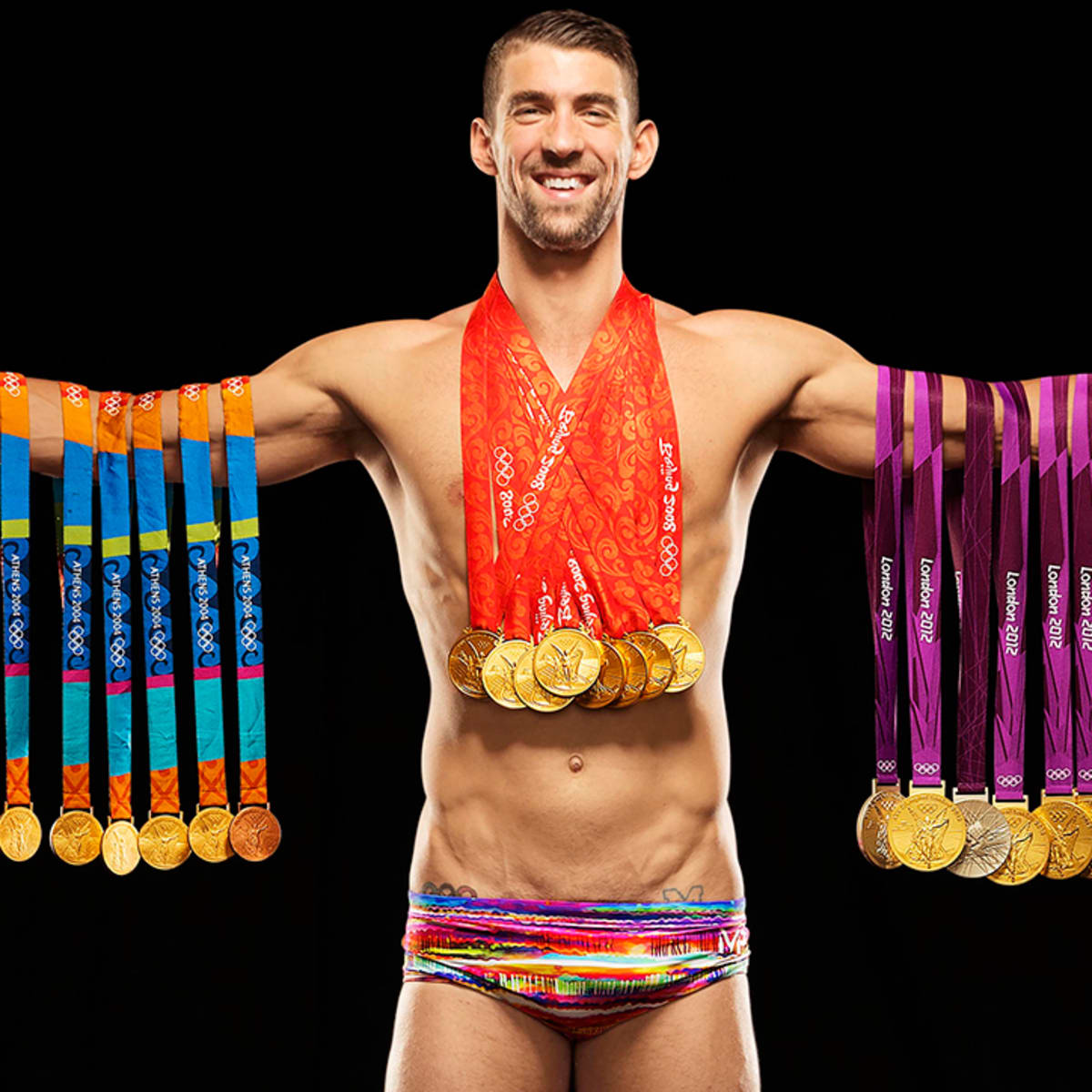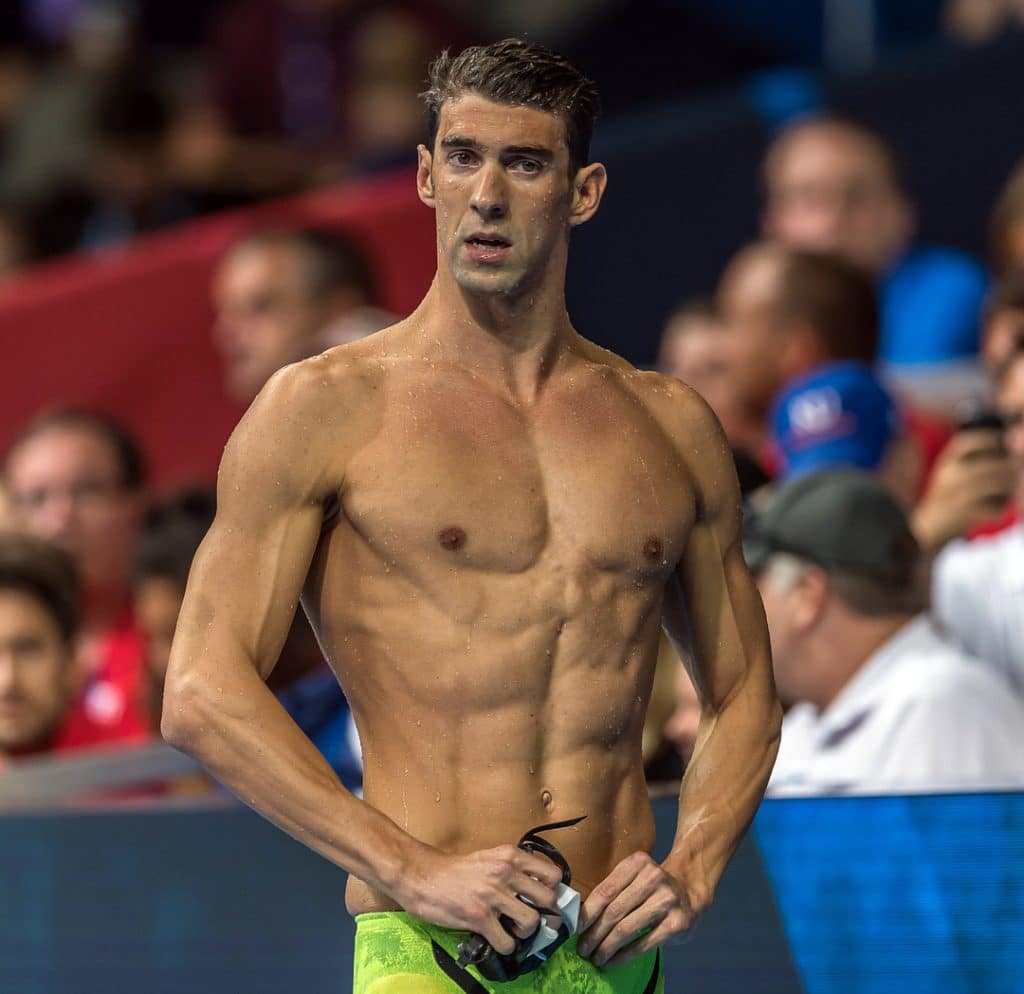Michael Phelps is not just any swimmer – he's a phenomenon. Standing at 6'4" (193 cm), his height plays a crucial role in his success in the pool. But there's more to his story than just his towering presence. His physical attributes, combined with relentless dedication, have made him the most decorated Olympian of all time. So, let's dive into the fascinating world of Michael Phelps and uncover why his height matters so much.
When you think of Olympic legends, Michael Phelps' name is bound to pop up. Known for his extraordinary achievements in swimming, his journey isn't just about talent but also about how his body works in harmony with the water. His height is often cited as one of the key factors contributing to his dominance in the sport.
But it's not just about being tall. There's a lot more to Michael Phelps than meets the eye. His story is one of perseverance, hard work, and a relentless pursuit of excellence. And today, we're going to break down how his height plays a pivotal role in his success, along with other factors that make him a swimming legend. So, let's get started!
Read also:Puff Daddy Kids The Untold Story Of His Family Life
Biography of Michael Phelps
Early Life and Background
Before we dive into the specifics of Michael Phelps' height, let's take a moment to understand the man behind the legend. Born on June 30, 1985, in Baltimore, Maryland, Michael Fred Phelps II grew up in a family that valued sports and competition. His mother, Deborah Sue Phelps, was a middle school administrator and a former swim coach, which heavily influenced his early exposure to swimming.
By the age of seven, Michael was already swimming competitively. His love for the sport grew rapidly, and by the time he was a teenager, it was clear that he was destined for greatness. But what set him apart from his peers? Was it just his height, or was there something more?
Here's a quick glance at his personal details:
| Full Name | Michael Fred Phelps II |
|---|---|
| Date of Birth | June 30, 1985 |
| Place of Birth | Baltimore, Maryland, USA |
| Height | 6'4" (193 cm) |
| Weight | 190 lbs (86 kg) |
The Role of Height in Swimming
Why Height Matters
Now, let's talk about the elephant in the room – Michael Phelps' height. Standing at an impressive 6'4", his stature gives him a significant advantage in the pool. But why exactly does height matter in swimming?
Well, taller swimmers tend to have longer limbs, which allow them to cover more distance with each stroke. This means fewer strokes per lap, conserving energy and increasing efficiency. In a sport where fractions of a second can make all the difference, every advantage counts.
Moreover, Michael's height is complemented by other physical traits, such as his long torso and relatively short legs. This unique body structure allows him to glide through the water with minimal resistance, making him a force to be reckoned with.
Read also:Howie Mandel Age A Deep Dive Into The Life And Legacy Of A Comedy Icon
Michael Phelps Height: The Numbers
So, just how tall is Michael Phelps? As mentioned earlier, he stands at 6'4" (193 cm). But his height isn't the only measurement that sets him apart. Here are some other interesting facts about his physique:
- Arm Span: 80 inches (203 cm)
- Shoe Size: 14
- Waist Size: 32 inches
His arm span is particularly noteworthy. It's longer than his height, giving him an even greater reach in the water. This combination of height and arm length makes him a natural swimmer.
Impact of Height on Performance
How Height Contributes to Success
Michael Phelps' height doesn't just make him look imposing in the pool; it also plays a crucial role in his performance. Here's how:
- Efficient Stroke Technique: His long arms allow him to pull more water with each stroke, propelling him forward with greater force.
- Reduced Drag: His streamlined body reduces water resistance, enabling him to move faster.
- Increased Reach: With a longer reach, he can cover more distance with fewer strokes, conserving energy for the final sprint.
But it's not just about the physical attributes. Michael's mental toughness and competitive spirit also play a significant role in his success. His height might give him an edge, but it's his dedication that truly sets him apart.
Comparing Michael Phelps to Other Swimmers
Height vs. Performance
While Michael Phelps' height is undoubtedly an advantage, it's not the only factor that contributes to his success. Let's compare him to some other top swimmers:
- Ryan Lochte: Standing at 6'2" (188 cm), Ryan is a formidable competitor, but his slightly shorter stature means he has to work harder to match Phelps' efficiency.
- Katie Ledecky: At 6'0" (183 cm), Katie is one of the tallest female swimmers, but she compensates for her height with incredible endurance and technique.
What these comparisons show is that while height is important, it's not the only factor that determines success in swimming. Technique, mental toughness, and dedication are equally crucial.
Training and Technique
The Phelps Way
Michael Phelps' training regimen is as impressive as his height. He spends countless hours in the pool, perfecting his technique and building endurance. Here are some key aspects of his training:
- Swimming Drills: Phelps focuses on drills that improve his stroke efficiency and reduce drag.
- Strength Training: He incorporates weightlifting and core exercises to build strength and stability.
- Mental Preparation: Phelps works on his mental game, visualizing success and staying focused under pressure.
His dedication to training is what sets him apart from other swimmers. While his height gives him a natural advantage, it's his hard work that truly makes him a legend.
Challenges Faced by Tall Swimmers
Overcoming Obstacles
Being tall isn't always a blessing in swimming. Tall swimmers often face challenges such as increased buoyancy and difficulty in maintaining balance. However, Michael Phelps has managed to overcome these obstacles through sheer determination and adaptability.
He's also had to deal with the added pressure of being the face of swimming. The expectations on him were immense, but he rose to the occasion time and time again. His ability to handle pressure is a testament to his mental strength.
Legacy and Achievements
A Legacy of Excellence
Michael Phelps' legacy is one of excellence and dominance. With 28 Olympic medals, including 23 golds, he's the most decorated Olympian of all time. But his achievements go beyond numbers. He's inspired countless young swimmers to pursue their dreams and push the limits of what's possible.
His height, combined with his incredible work ethic, has made him a role model for aspiring athletes around the world. He's shown that with the right mindset and dedication, anything is possible.
Future Prospects and Influence
What's Next for Michael Phelps?
While Michael Phelps has retired from competitive swimming, his influence in the sport continues to grow. He's involved in various initiatives aimed at promoting swimming and encouraging young athletes to pursue their dreams.
His height and achievements have made him a household name, but it's his character and dedication that truly define him. As he looks to the future, there's no doubt that he'll continue to make a positive impact on the world of sports.
Conclusion
In conclusion, Michael Phelps' height is undoubtedly a key factor in his success as a swimmer. Standing at 6'4", his towering presence in the pool gives him a significant advantage. But it's not just about being tall. His dedication, mental toughness, and unwavering commitment to excellence are what truly set him apart.
So, the next time you see Michael Phelps in action, remember that it's not just his height that makes him a legend. It's his entire package – his physical attributes, mental strength, and relentless pursuit of greatness – that has made him the most decorated Olympian of all time.
We'd love to hear your thoughts on Michael Phelps and his journey. Feel free to leave a comment below or share this article with your friends. And don't forget to check out our other articles for more fascinating insights into the world of sports!
Table of Contents


